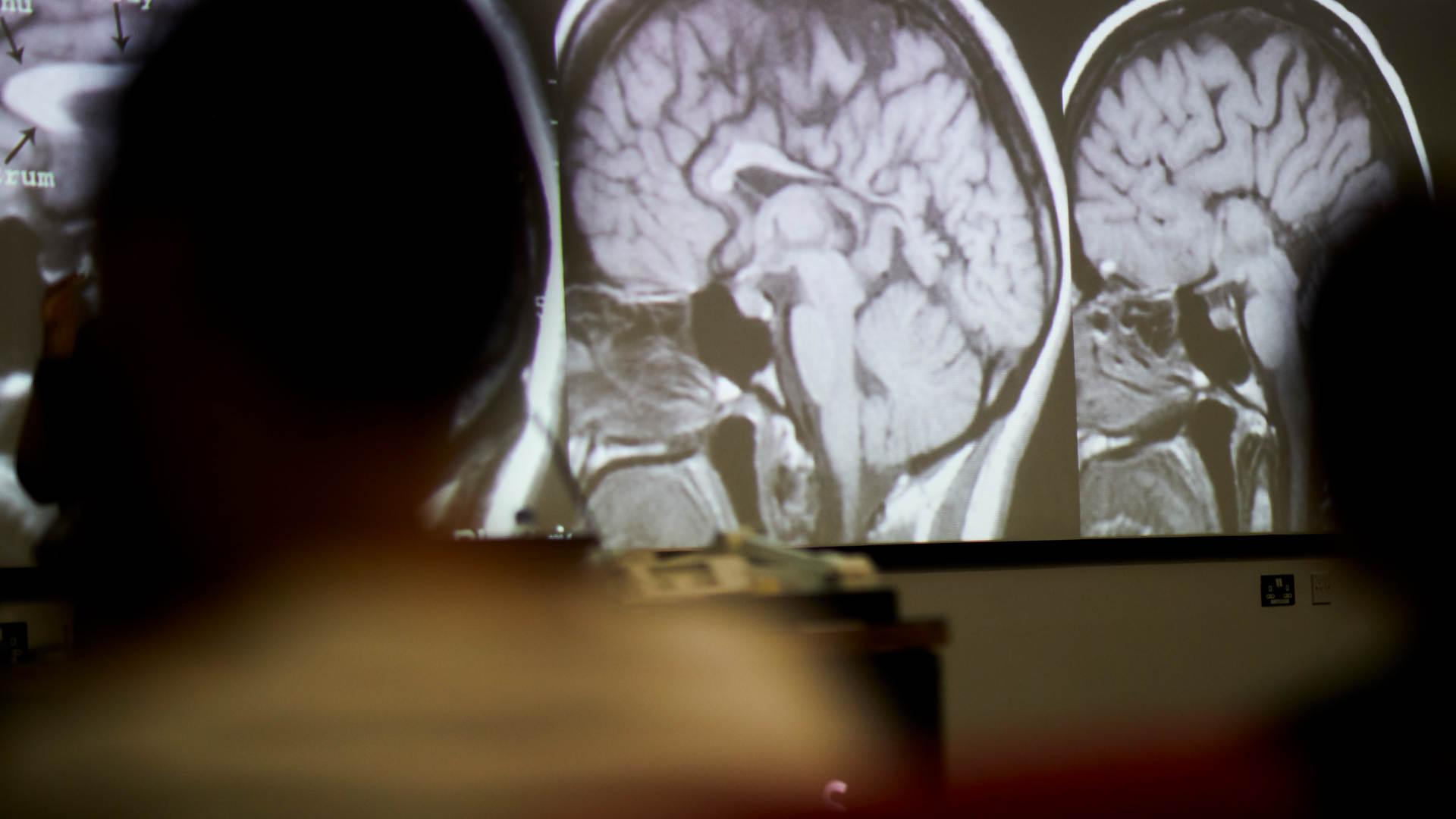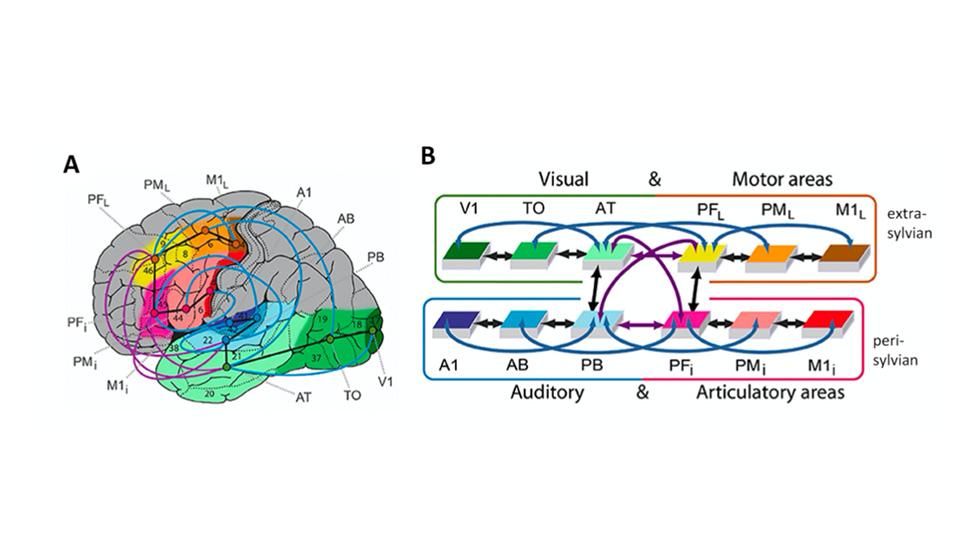New research reveals how language works in the brain
Primary page content
Words have a physical effect on brain activity, scientists at Goldsmiths claim in research that confirms that brain mechanisms are essential for creating meaning as well as being the basis for learning.

Critically, the research by Dr Max Garagnani suggests that our perception of reality will differ depending on the language we speak.
Garagnani’s research builds on previous work that showed that particular words created activity in the area of the brain which is normally involved in processing pictures and images He asked people to learn new “words” which were meaningless speech sounds but associated them with a visual image; participants were then presented with the sound alone.
Brain imaging technology revealed that, when the sound was presented, it caused activity in the areas of the brain involved in perceiving the image.“If you say or hear ‘tiger’, at this very moment your visual cortex is somehow reactivated with a pattern that reflects the typical pattern that you would have there if you saw a tiger,” Garagnani said.
“We showed for the first time that this happens even for words that we haven’t heard before. A link emerges in the brain between the sound of the new word and its meaning. So, the meaning of the word is actually grounded, via brain mechanisms, in the pattern of brain activity that is present when we see an object.” How exactly language works in the brain was the focus of Garagnani’s research.
Challenging the claim that language acts only as a label to create a common way to refer to objects in the world, a rival hypothesis instead claims that language has a specific impact on the way that we perceive reality. “In Russian there are two different words for the colour blue, while in English there is only one. The fact that you classify with two different labels instead of one has an impact on our ability to discriminate between colours. It’s not just labelling:, native Russian speakers would be better at distinguishing these two shades of colour than English ones,” says Garagnani.
Developing a computational model aimed at replicating what was happening in the human brain. Uniquely the model replicated the mechanism known to exist in the brain called associative or Hebbian learning. Through this mechanism, new connections or associations are built in the brain and, contrastingly, disassociation. Through these two processes - called respectively long-term potentiation and long-term depression, synaptic connections between cells either strengthen or weaken.
“Our synapse and the links between two different cells are plastic, they change over time. This change in synaptic efficacy is the basis of our learning. So, because we can change the synapses, we learn things, acquire facts and experiences and we acquire the meaning of new words. This mechanism is one of the crucial ingredients/components for any credible model of brain activity”, Dr Garagnani said.

(A) Structure and connectivity of the neural network model (B) Schematic depiction of the brain areas modelled
A selection from 12 possible inputs in the form of patterned shapes were presented to the extremities of the computer model, simulating brain areas involved in learning words and their meaning. Presenting the same patterns to these input areas resulted in activity being taken up creating a circuit of linked cells that can later “reignite”, forming the basis for learning language and concepts.
“We know that this associating and disassociating activity is happening in the model because we can see changes happening as the model learns. Crudely speaking, we present things to the model’s visual, auditory and motor cortices, and we see that, as we keep presenting the same inputs in the form of pre-determined patterns, the model’s responses changes in time.”
“Our research confirms that if we label different objects with the same word, in our internal representation we start to perceive these objects as more similar than they are. These objects are warped by their common label. Words make a real difference to our grasp on the world.”
The implications of Garagnani’s research on whether people from different languages and cultures can share the same perception of reality are clear. They can’t. “The crucial point here is that with different languages we perceive reality in different ways. The language you speak shapes the way your brain is wired and perceives reality. Is this a good thing? I think understanding how the brain works is always a good thing.”
'Influence of language on perception and concept formation in a brain-constrained deep neural network model' by Max Garagnani, Malte Henningsen-Schomers and Friedemann Pulvermüller was published in the Philosophical Transactions of the Royal Society B: Biological Sciences Journal.